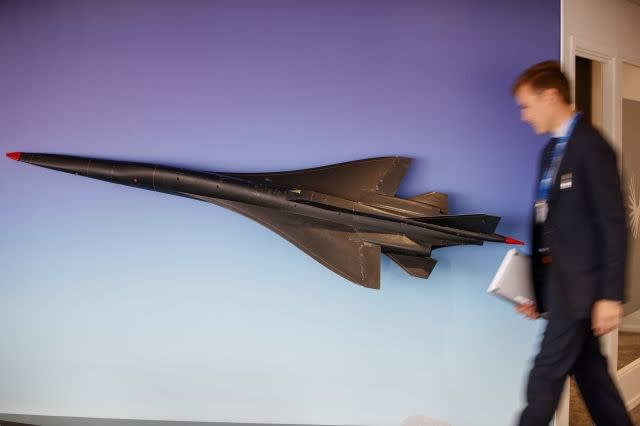Why supersonic aircrafts could be a terrible idea for the planet: study

Scientists warn that the return of supersonic air travel, which was shelved with the retirement of the Concorde, will result in exponential carbon emissions and noise pollution in a new study that takes a closer look at the environmental impact of commercial supersonic jets.
Though aviation enthusiasts and frequent flyers may be looking forward to the next-generation aircraft which could cut flying times by as much as half, scientists at the International Council of Clean Transportation warn that commercial supersonic jets that are being built today are unlikely to comply with existing flying standards.
When set against limits currently in place for subsonic planes, for instance, supersonic aircrafts are estimated to exceed limits for nitrogen oxides by 40 percent and carbon dioxide by a worrisome 70 percent.
Put another way, supersonic jets could burn five to seven times as much fuel per passenger compared to regular subsonic planes.
Furthermore, scientists say that emerging supersonic planes would also likely fail landing and take-off noise standards.
- Aircrafts produce three percent of world's CO2 -
The findings are troubling, given that the aviation sector is already one of the fastest-growing sources of greenhouse gas emissions globally, the study points out.
Aircrafts produce about three percent of global carbon dioxide emissions and 11 percent of all CO2 emissions from the transportation sector.
In 2015, aviation was responsible for about 800 million metric tons of CO2 emissions -- equal to as much as the German economy.
If current trends continue, the International Civil Aviation Organization projects that CO2 emissions from international aviation will triple from 2018 to 2050.
Currently, a trio of aeronautics companies are working to bring supersonic travel back to the skies, following the Concorde's retirement in 2003.
They include Lockheed Martin and Boom, an American start-up that has the backing of Sir Richard Branson and Japanese Airlines.
Supersonic jets travel at Mach 2, twice the speed of sound.
Boeing, meanwhile, is working on a hypersonic jet which can fly at Mach 5, five times the speed of sound or 3,800 miles (6,174 km) an hour.

 Yahoo Finance
Yahoo Finance 